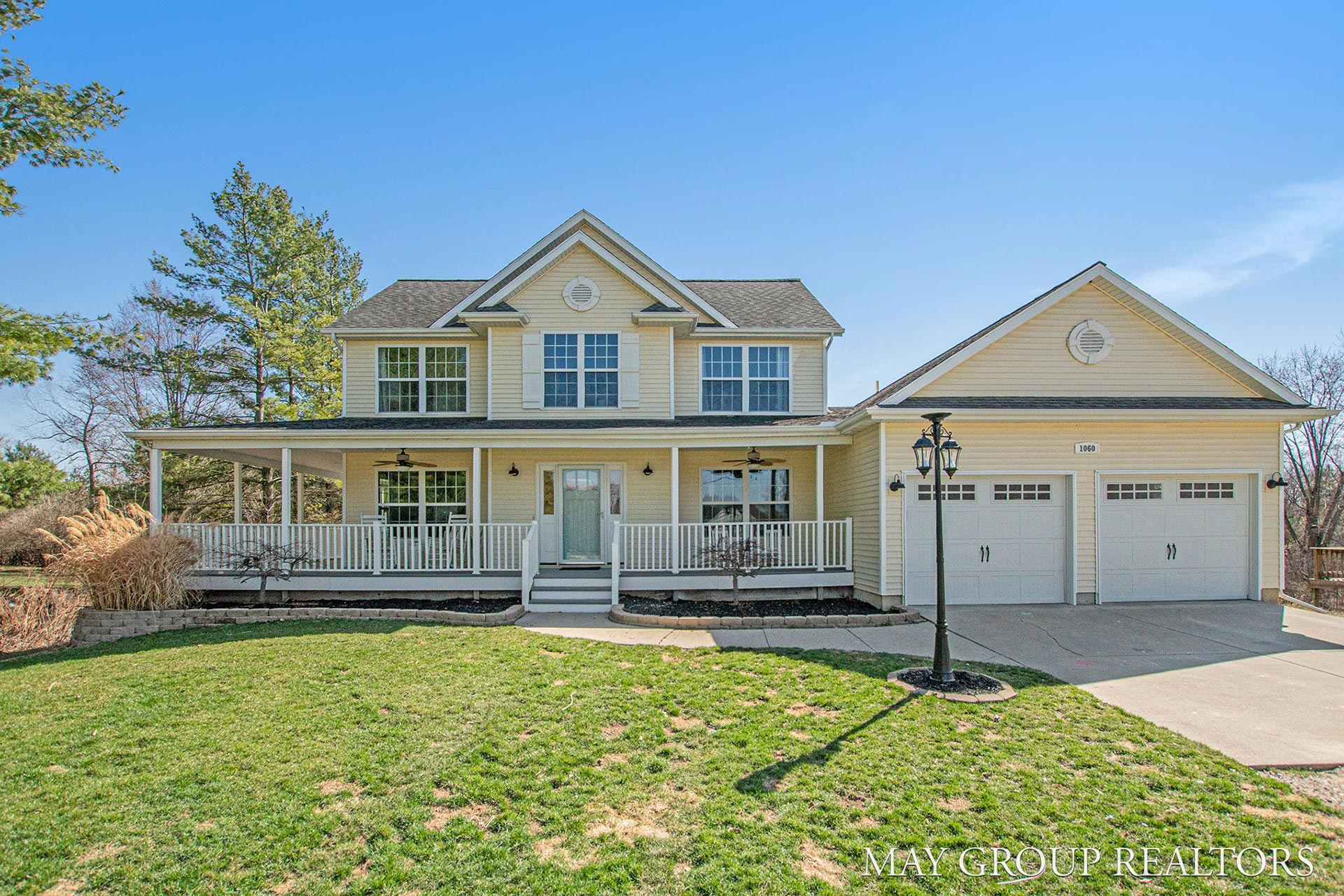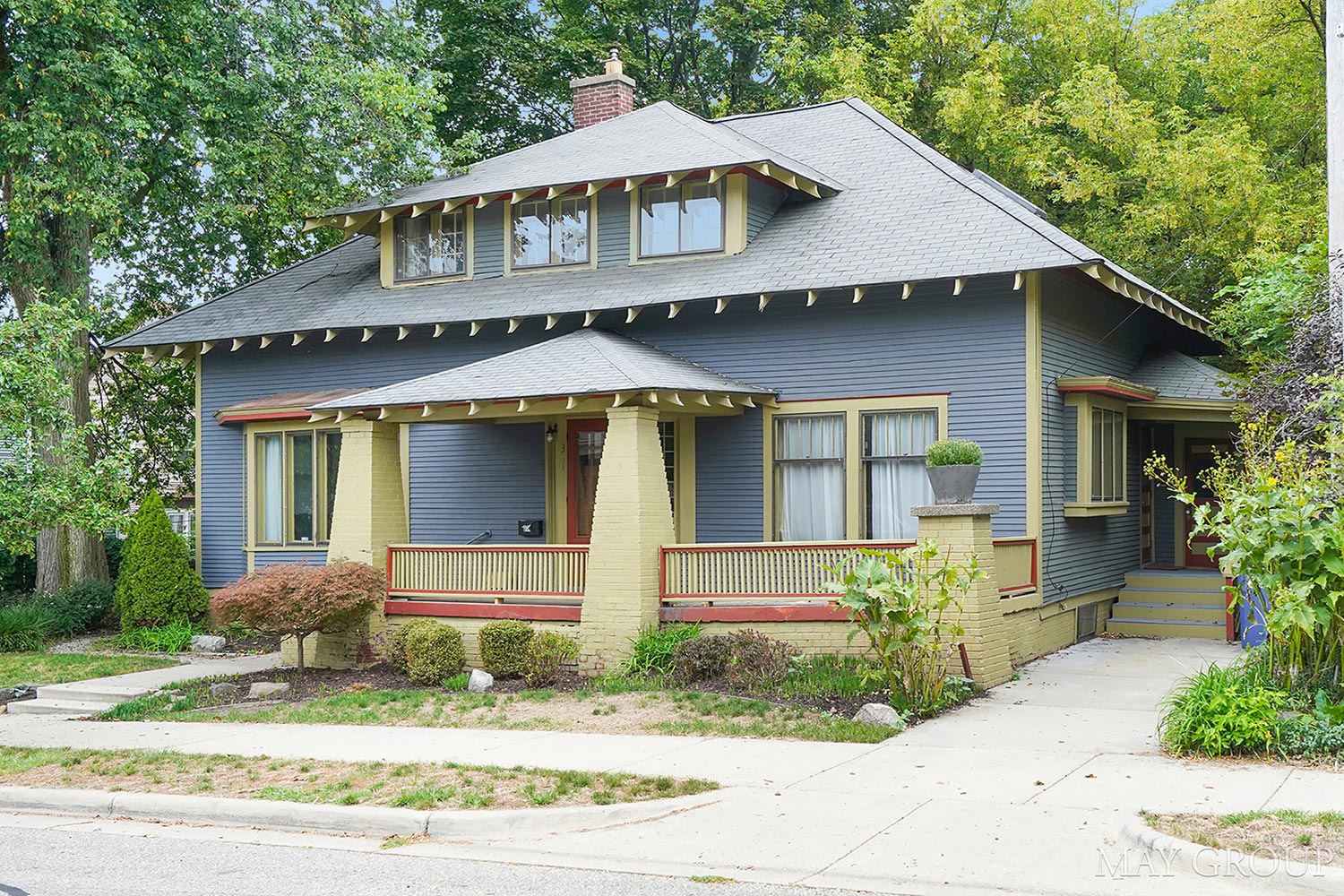There are many different kinds of loans available. Below is a brief overview of the many options available, but for more information, connect with your lender or reach out to our team to get connected to one of our preferred local lenders.
Adjustable-Rate Mortgage (ARM)
A mortgage loan that offers mortgage interest rates typically lower than you'd get with a fixed-rate mortgage for a period of time—such as five or 10 years, rather than the life of a loan. After that, your interest rates (and monthly payments) will adjust, typically once a year, roughly corresponding to current interest rates. This means if interest rates shoot up, so do your monthly payments; if they plummet, you'll pay less on mortgage payments.
FHA Loan
Great for borrowers with non-traditional credit like self-employed borrowers. FHA has no income limit or geographic restrictions. Typically has a lower down payment, lower monthly insurance premiums, and lower closing costs. The FHA loan is perfect for first-time homebuyers and families with low to moderate-income levels. Because these loans are government-backed, you can put down as low as 3.5%. FHA has several requirements for mortgage loans. First, most loan amounts are limited to $417,000 and don't provide much flexibility. FHA loans are fixed-rate mortgages, with either 15- or 30-year terms.
FHA 203k
“The repair loan” is the most diverse home improvement loan. Use this loan for upgrades, remodels, and building of a new structure on a house you own or will own. You can borrow up to 96.5% of the appraised value after the improvements are done.


Fixed-Rate Loan (Conventional Loan)
These fixed-rate loans are right for homeowners who crave predictability and aren't going anywhere soon. The most common type of conventional loan, a fixed-rate loan prescribes a single interest rate—and monthly payment—for the life of the loan, which is typically 15 or 30 years. A fixed-rate loan will require a down payment (typically 20%). With this loan, the rise and fall of interest rates won't change the terms of your home loan, so you'll always know what to expect with your monthly payment.
HomePath
Allows a borrower to purchase a Fannie Mae owned property with a low down payment, flexible mortgage terms, no lender requested appraisal, and no mortgage insurance. This loan can be used for primary homes, second homes, and investment properties.
HomePath Renovation
This is a home improvement loan allowing a borrower to purchase a Fannie Mae owned property that requires light to moderate renovation. This requires a small down payment, flexible terms, and no mortgage insurance. The renovation amount is based on an appraisal “as-completed” value (up to $35,000).
Refinance
Perfect for someone who has been in their home for several years and has paid down the principal balance. With this equity, you can use it for larger purchases, like an addition to your house, a new car, or college tuition. When you restructure your home loan, you are replacing your old loan with an entirely new loan that has different rates and payment structures. The main reason people refinance their home loans is to get a lower interest rate on their mortgage, which provides a lower monthly payment and the overall debt owed.
Rural Development Loan
This is a hidden gem for buyers looking for a no down payment option and open to living in a rural location. This loan is backed and guaranteed by the United States Department of Agriculture. With this loan, a person may borrow up to 102% of the appraised value of the home. Besides location requirements, this must be single-family and owner-occupied housin and includes a 30-year fixed-rate mortgage.
VA Loan
These are loans guaranteed by the U.S. Department of Veteran Affairs, available for Veterans and their spouses, widows, and widowers. These loans require no down payment, have generous credit standards, low closing costs, and negotiable interest rates. Because the home loans are government-backed, the VA has strict requirements on the type of house buyers can purchase with a VA loan. This includes it being your primary residence and their “minimum property requirements."

